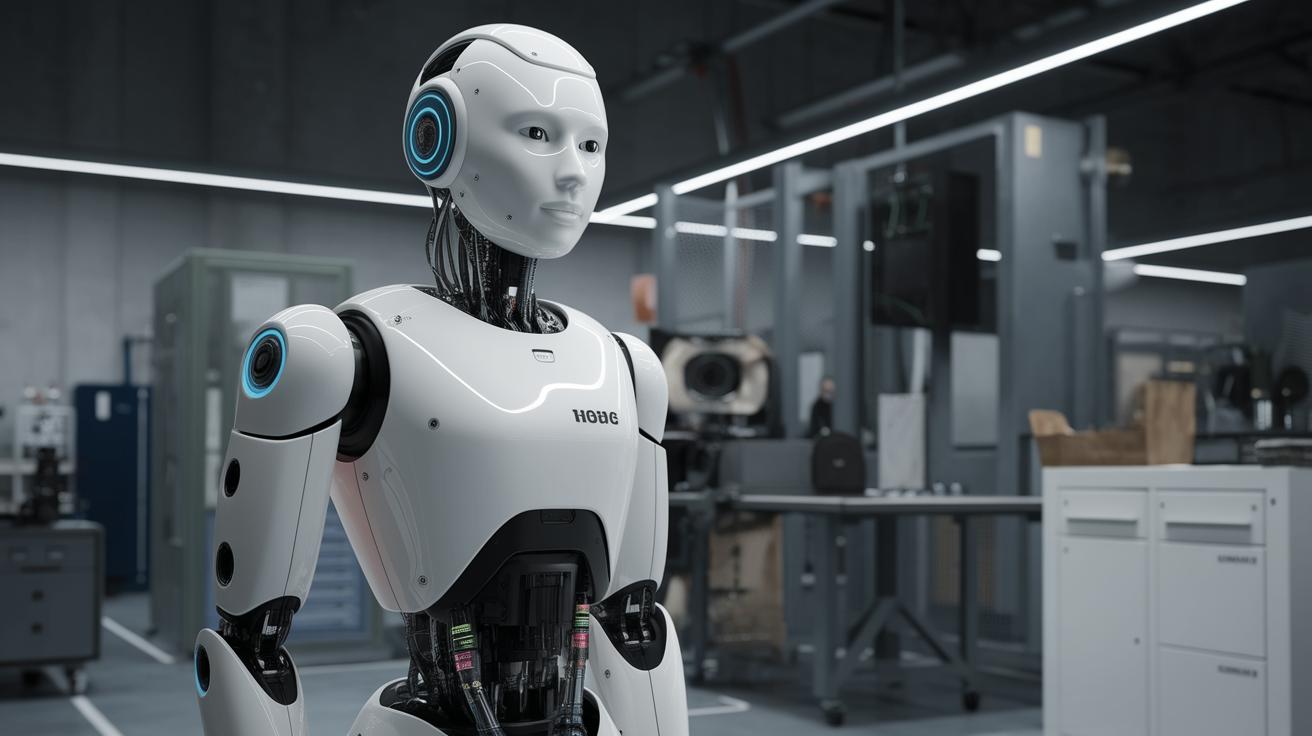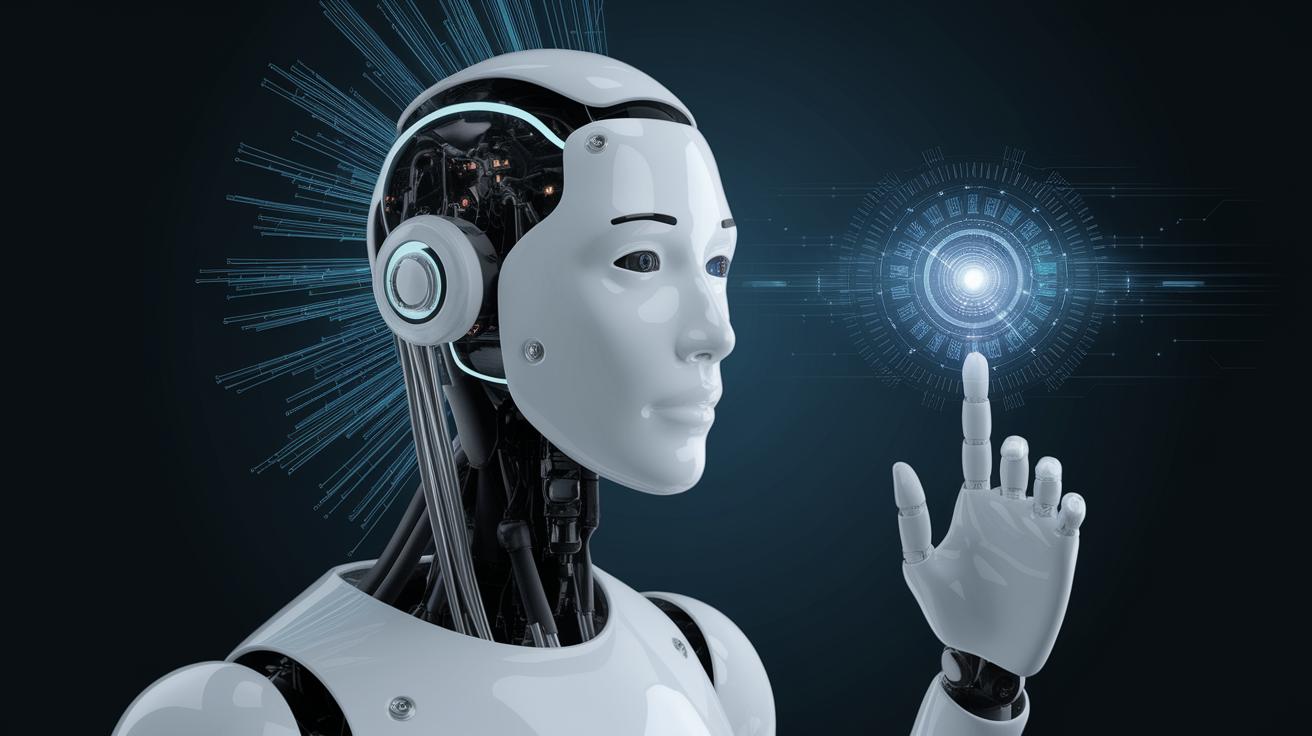The Impacts of Automation on Employment
Automation in the workplace is a hot topic that demands attention. With advancements in technology, automation is revolutionizing industries around the globe. From AI-driven analytics to robotics in manufacturing, the potential for increased productivity is immense. However, this transformation poses challenges, especially concerning employment. This post explores the varied impacts of automation on the job market, the sectors most affected, and the potential benefits to business efficiency versus the risks of job displacement. It will also highlight the disproportionate impacts on different demographics and propose avenues for adaptation, including upskilling and educational reforms. Dive in to understand how automation is reshaping the future of work and the steps necessary to create a balanced transition.
Disproportionate Impacts
While automation offers promising gains in efficiency and productivity, its impacts are not uniformly distributed. Certain demographics are more vulnerable to job displacement due to automation, such as low-skilled workers who often engage in routine and manual tasks. These roles, being easily automatable, face the highest risk, leaving potentially large segments of the workforce struggling to find employment.
Moreover, age and socio-economic factors amplify these disproportionate effects. Younger workers, though adaptable, may face challenges entering the job market as entry-level positions disappear. Simultaneously, older workers nearing retirement may lack the time or resources to retrain, driving inequality further. These dynamics necessitate targeted policy interventions to support the most affected groups and ensure equitable distribution of automation’s benefits.
Related Articles
AI Executive Academy
For those at the forefront of industry disruption, an AI Executive Academy presents an innovative opportunity to oversee automation integration strategically. Leaders equipped with comprehensive knowledge of AI applications can spearhead organizational change by aligning technological capabilities with business objectives. Understanding AI’s potential is not just technical but also involves readiness to address ethical concerns and ensure inclusive growth.
This educational approach also helps executives navigate complex landscapes by fostering environments that value continuous learning and adaptability among their teams. By recognizing and mentoring talent across all levels to embrace automation and AI tools, leaders can cultivate resilient and future-ready workforces.
Related Articles
For further insights into automation trends and employment impacts, explore our curated list of articles and resources. These pieces cover everything from comprehensive industry reports and case studies to expert opinions and economic forecasts. Understanding the nuances of automation will help individuals and institutions prepare for the ongoing technological shift.
Consider engaging with stories that highlight successful transitions to automated environments or delve into analyses that critique the ethical implications of widespread AI use. Such content not only broadens one’s perspective but also informs strategies to mitigate adverse effects while maximizing potential gains.
Final Thoughts
As industries continue to evolve with automation, understanding its multifaceted impact on employment is paramount. From shifts in job availability to necessary educational reforms, the transition imposes both challenges and opportunities. The key lies in proactive adaptation, inclusive policy-making, and robust educational systems that equip the workforce for future realities.
| Aspect | Details | Strategies |
|---|---|---|
| Disproportionate Impacts | Younger and older workers are particularly vulnerable to job losses. | Implement targeted support and retraining programs. |
| Role of AI Executive Academy | Helps leaders harness AI for strategic advantages and ethical considerations. | Promote continuous learning and adaptability in organizational cultures. |
| Resources & Articles | Provide in-depth analysis of automation trends and case studies. | Encourage exploring diverse perspectives and ethical examinations. |


